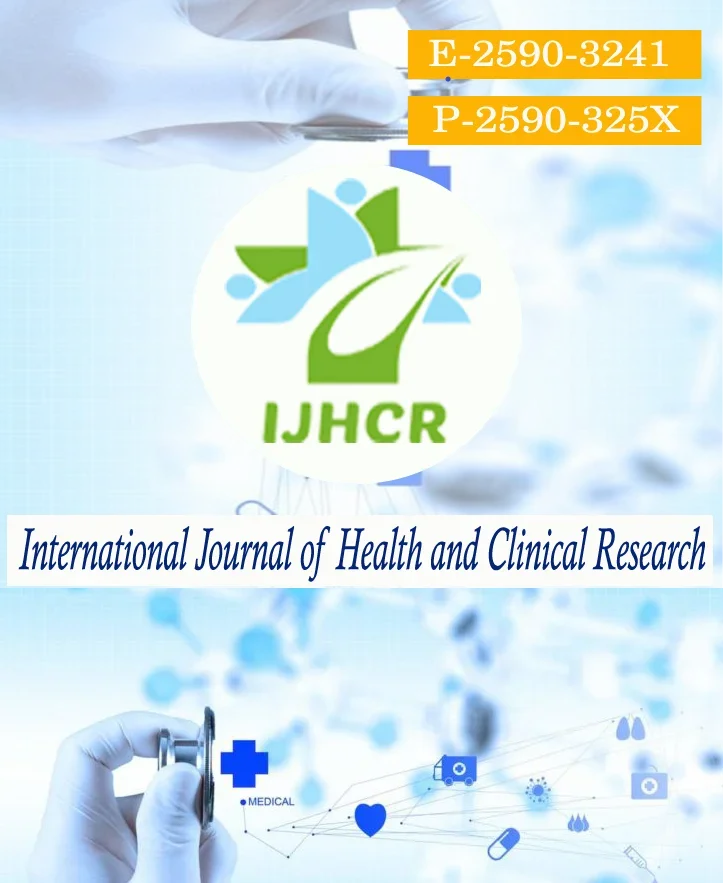Anaesthesia for thyroid surgeries using neural integrity monitoring endotracheal tube-our initial experience with more than 600 cases
Keywords:
Intraoperative nerve monitoring (IONM), Recurrent laryngealnerve palsy, Nerve integrity monitoring endotracheal tube, Thyroid surgery.Abstract
Background and Aims: Recurrent laryngeal nerve (RLN) palsy is one of the most feared and common complication of thyroid surgeries. The neural integrity monitor electromyogram (NIM FLEX EMG) tracheal tube was introduced to identify RLN palsy. This retrospective study was conducted to record the incidence of nerve palsies during thyroid surgery while using a NIM FLEX EMG endotracheal tube as well as the anaesthesia technique employed without the use of muscle relaxants. Methods: This was a retrospective study of 628 patients who underwentthyroidectomy for benign and malignant goitres during a period fromOctober 2015 to September 2022 in a tertiary centre in Kerala, India. The case records of all the patients were thoroughly scrutinised and anaesthesia technique as well as a nerve palsy developing in the post operative period were noted.All patients were undergoing indirect laryngoscopy preoperatively inorder to know the status of vocal cords. After induction of anaesthesia,direct laryngoscopy was performed and all patients were intubated with aNIM FLEX EMG endotracheal tube. The crucial step is to ensureproper placement and prevent a malpositioning in the perioperative period. Since a continuous nerve monitoringwas in place, there was no need for a laryngoscopy at the end ofthe procedure. Results: Only in the case of two patients there was post operative RLN palsy. These two were due to the pre operative entrapment of the nerve within the malignant thyroid. None of them experienced bucking or coughing at any time during the procedure. Conclusion: Wefound that intraoperative nerve monitoring tube had greatly reduced the incidence of RLN/SLN (Superior laryngeal nerve) palsy.Adequate depth of anaesthesia could be achieved without the use of muscle relaxants. No incidence of increased length of hospital stay was noted. We have highlighted ourperioperative anaesthetic management strategies so that it will be useful for the future anaesthesiologists.
Downloads
Published
How to Cite
Issue
Section
License
Copyright (c) 2024 Fareeda Karimbanakkal, Rajesh M C, Saji Kuriakose, Lima P

This work is licensed under a Creative Commons Attribution 4.0 International License.






 All articles published in International Journal of Health and Clinical Research are licensed under a
All articles published in International Journal of Health and Clinical Research are licensed under a 